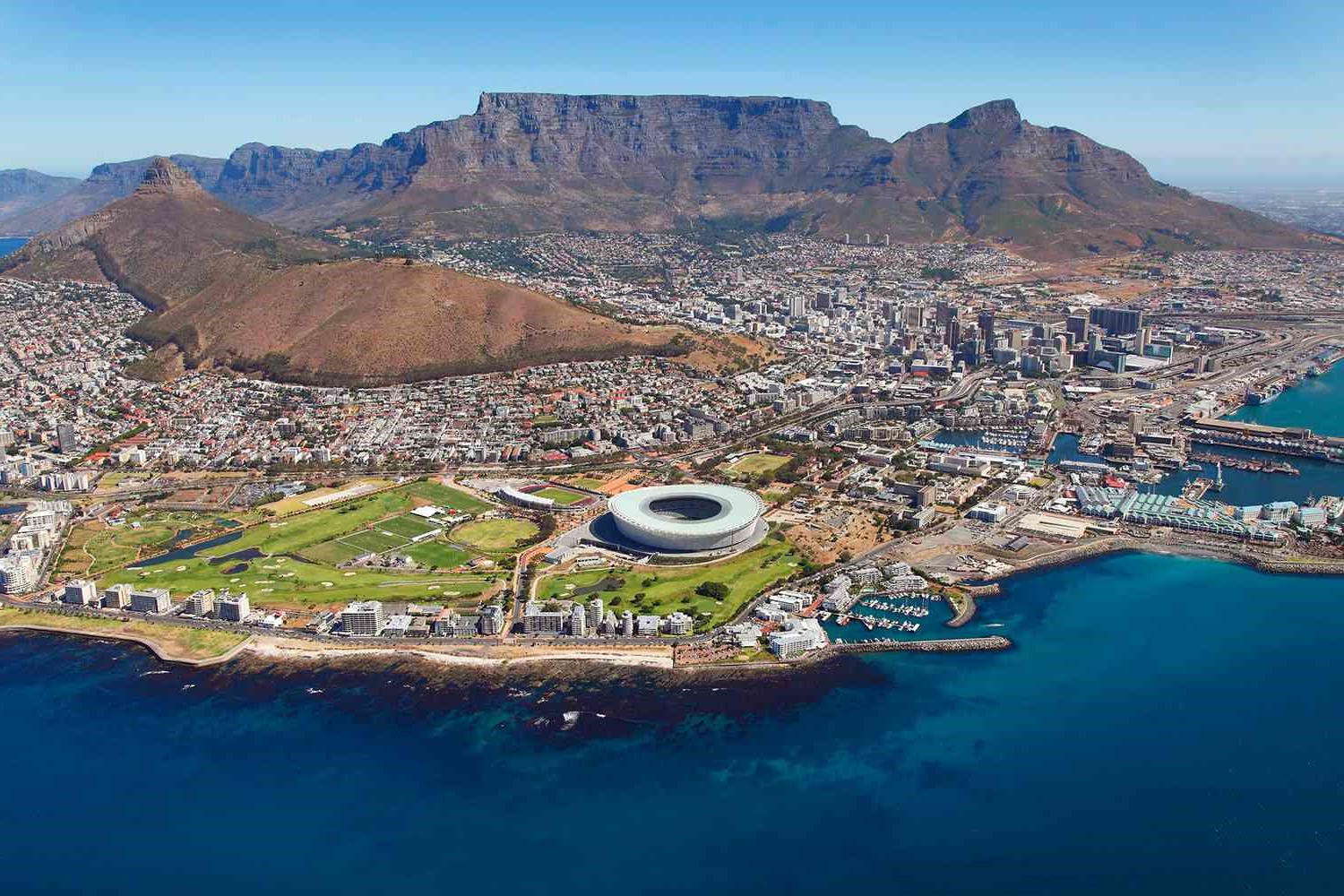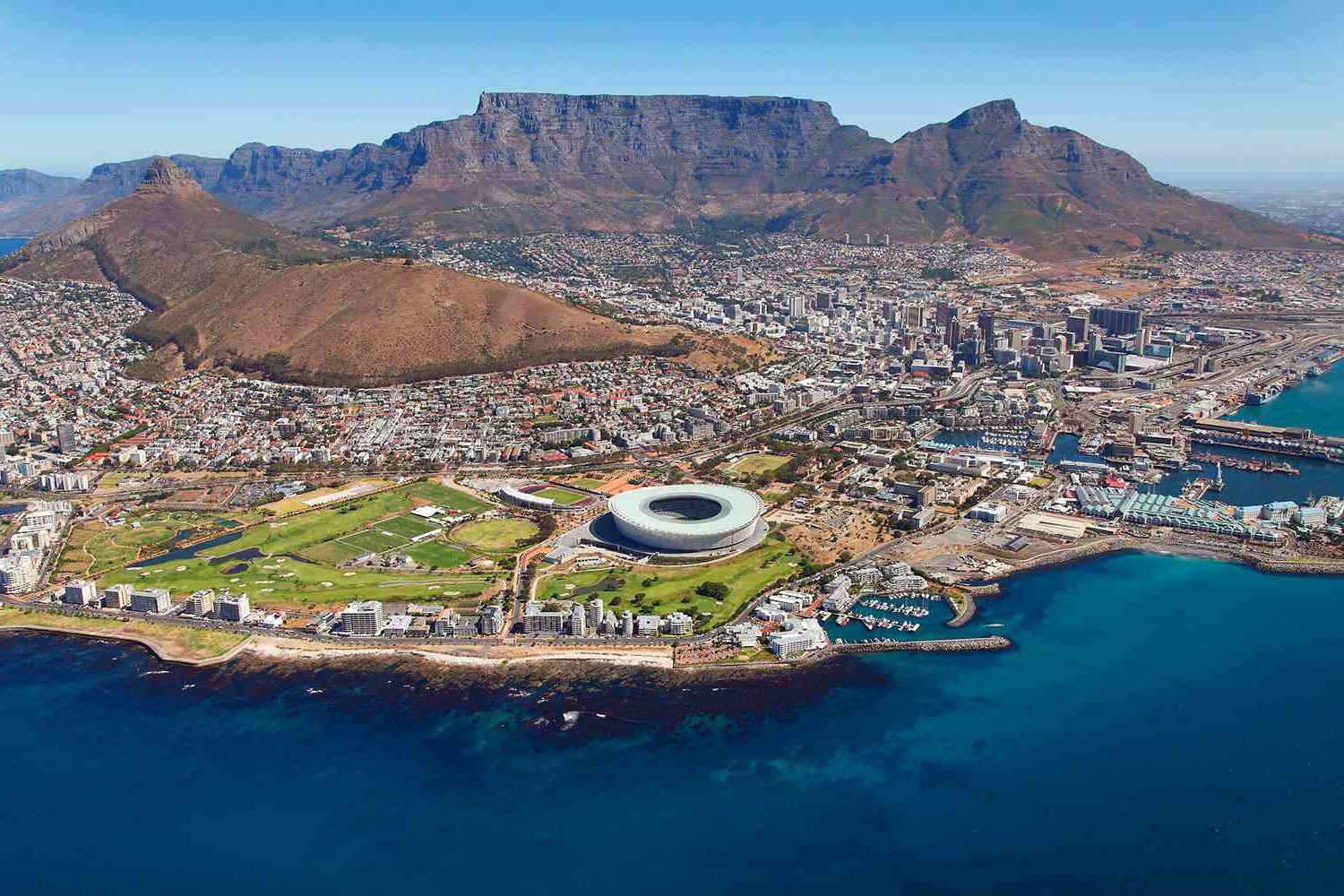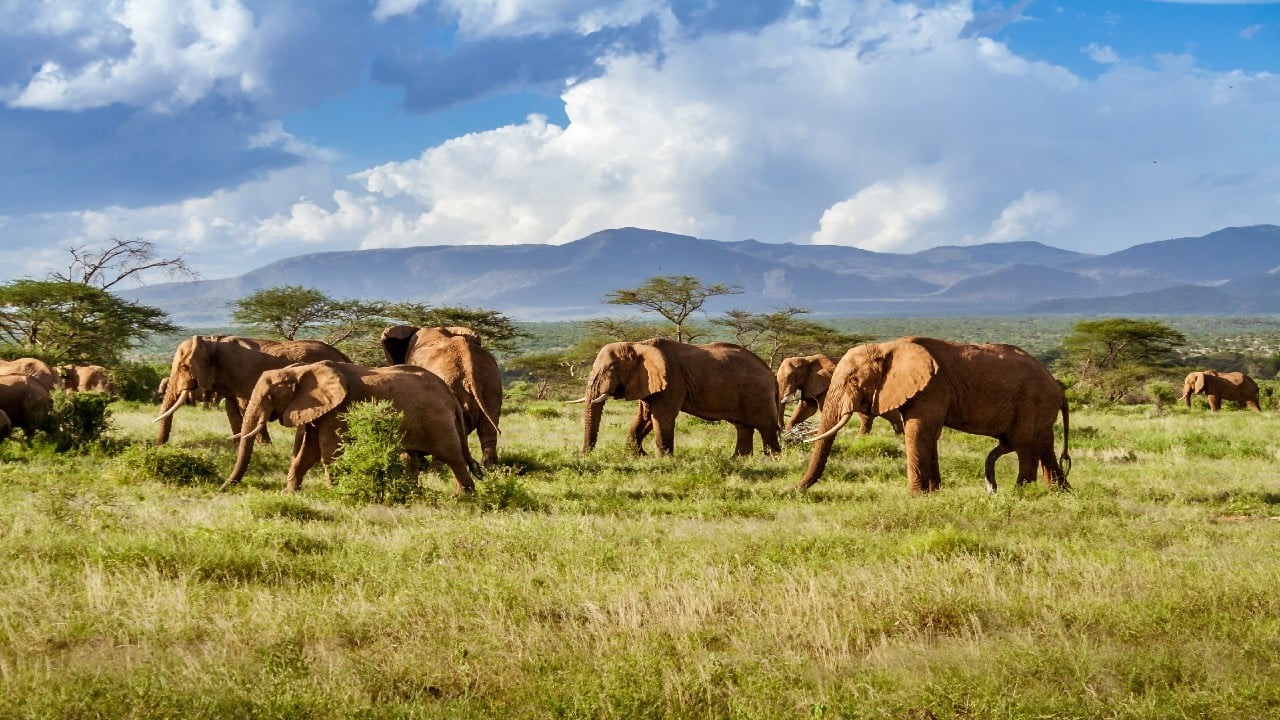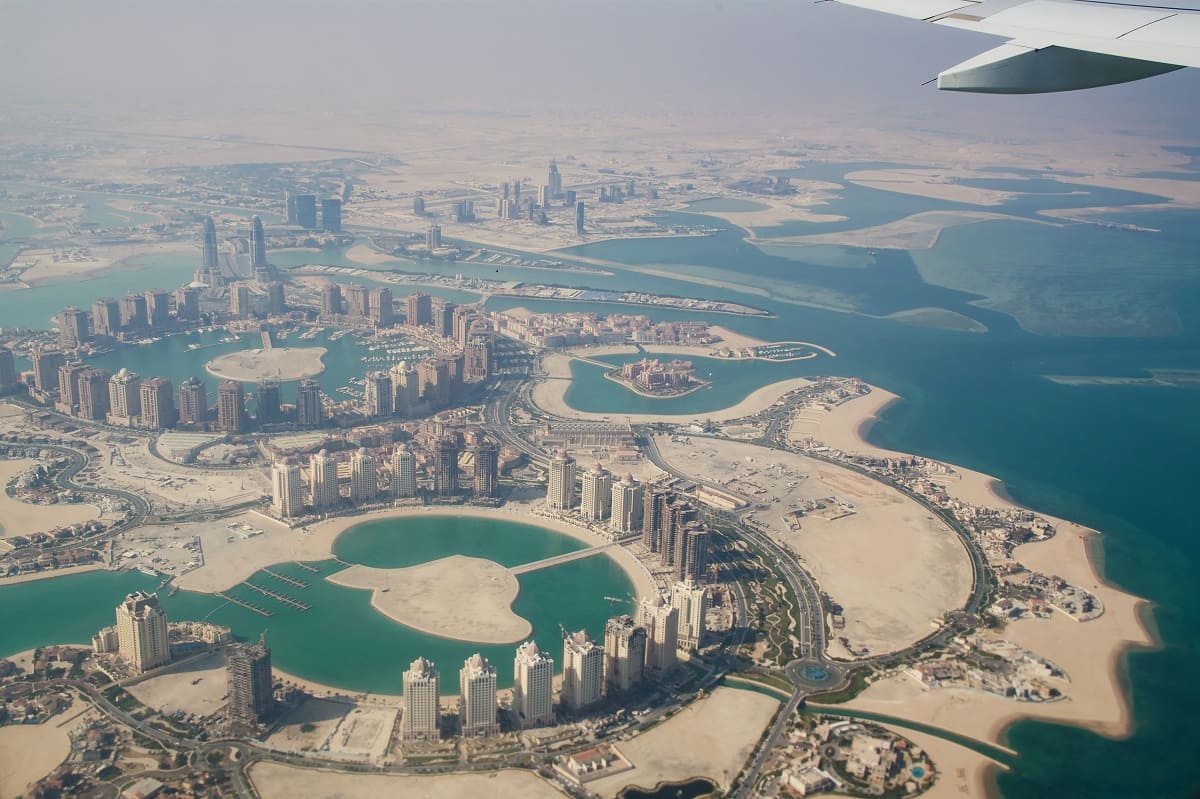Home>Weather and Climate>East Africa’s Surprising Cool Climate Explained
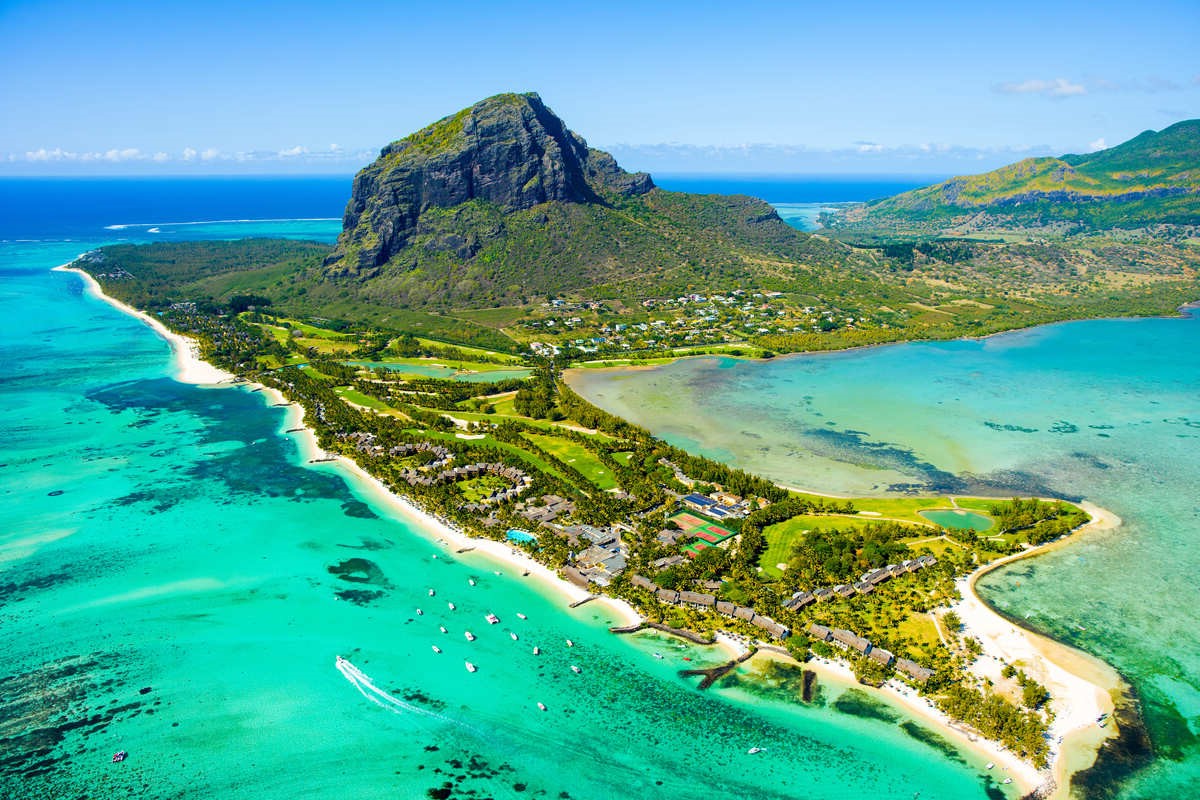

Weather and Climate
East Africa’s Surprising Cool Climate Explained
Published: May 22, 2024
Discover the key factors influencing the cooler temperatures in East Africa. Explore the intricate relationship between weather and climate in the region.
(Many of the links in this article redirect to a specific reviewed product. Your purchase of these products through affiliate links helps to generate commission for Temperatures.com, at no extra cost. Learn more)
East Africa, known for its stunning landscapes and diverse wildlife, often surprises visitors with its cooler temperatures, especially in highland areas. So, what's behind this unexpected climate? Let's dive in.
Elevation plays a huge role. Many parts of East Africa, like Kenya and Ethiopia, boast highlands and mountains. As you climb higher, air becomes thinner and cooler. This phenomenon explains why Nairobi feels pleasantly mild, despite being near the equator.
Ocean currents also contribute significantly. The Indian Ocean, bordering the eastern coast, carries both warm and cold currents. However, the cold currents have a more pronounced effect on coastal regions, bringing in cooler air and affecting the climate.
Wind patterns cannot be overlooked. East Africa is subject to trade winds that originate from cooler regions. These winds, moving across the continent, bring their lower temperatures with them, influencing the overall climate.
Lastly, the Great Rift Valley, a geological marvel stretching over East Africa, impacts local climates. Its varied topography creates microclimates, with some areas experiencing cooler weather due to altitude and wind patterns.
In essence, East Africa's cooler temperatures are a fascinating interplay of elevation, ocean currents, wind patterns, and unique geographical features. This blend not only shapes the climate but also adds to the region's allure, making it a captivating destination for many.
